Rokuonji Temple, not all that glitters is gold
It's cute how there is a Temple with a Golden Pavilion and the Temple with a Silver Pavilion in Kyoto.
Rokuonji Temple (鹿苑寺, "Deer Garden Temple") is also aptly known as Kinkakuji (金閣寺, Golden Pavilion Temple).
From the Inscription:Rokuonji Temple is the outer sub-temple of the Shokokuji School of the Rinzai sect of Zen Buddhism. It was registered in UNESCO's World Heritage List in 1994.Yoshimitsu Ashikaga, the third shogun of the Muromachi Shogunate Regime established a villa called Kitayama-den in 1397. After his death, the villa was converted into a Zen temple and was named Rokuonji Temple after Yoshimitsu's posthumous name, Shari-den "Kinkaku (Golden Pavilion)," where the ashes of Sakyamuni, the founder of Buddhism, are supposed to be enshrined, is particularly famous. Thus, the temple is commonly called the Golden Pavilion Temple.The pavilion is a three-story building. Each floor is built in a different style; the first floor in the court noblemen's residence style of the Heian period, the second floor in the samurai warriors' house style, and the third floor in the Zen temple style. Gold leafing has been applied to the second and third floor over the lacquered surface. On the top of the roof has been placed the brilliant figure of the Ho-o, a legendary bird in China. The statues of Yoshimitsu Ashikaga and the crowned Sakyamuni Tathagata on the first floor, the statues of Kannon sitting in the cave and Shitenmo (Four Heavenly Kings) on the second floor, and the ashes of Sakyamuni, on the third floor are enshrined on their respective floors.The pavilion was set fire and burned down in 1950. (Blogger's note: This totally explains why no visitors are allowed to enter!) It was reconstructed in 1955 and lacquer and gold leafing were reapplied in 1987.The spacious stroll garden with the lake, Kyokochi, has been designated both a Special Historic Sitee and a Special Scenic Spot by the government. On the north side of Kyokochi, in which the Golden Pavilion is reflected, is located Sekkatei, a tea house famous for its staggered shelves of bush clover and an alcove post made from a nandina tree.
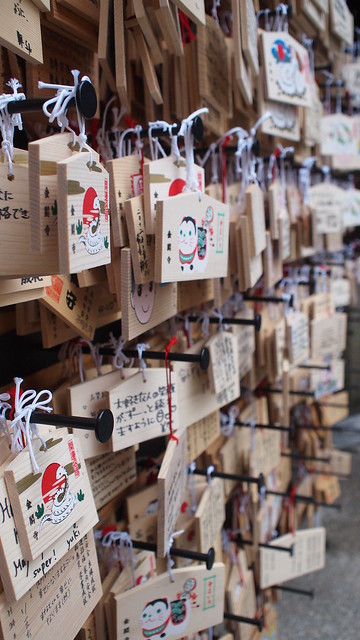
Who can resist and English Fortune?
Kudos to the many people working behind the scenes for an immaculate experience
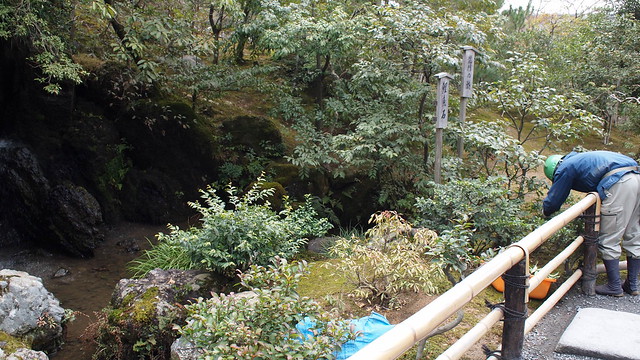

My take on Rokuonji: It's gold! Need I say more?
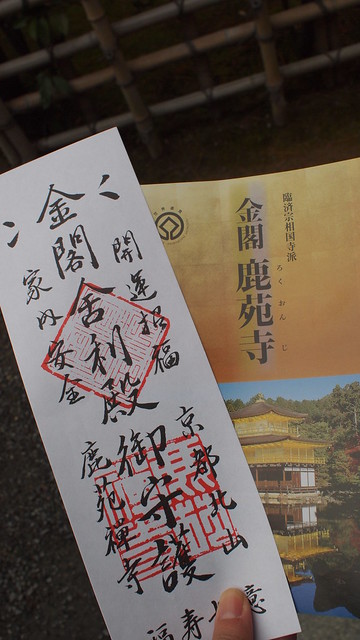
More pictures are available on my Flickr (simply click any photo).
Cost: 300 - 400 yen
Access: 1 Kinkakuji-cho Kita-ku, Kyoto
Related Posts:
Japan Day 6 – Kyoto, Day 1:
- Kyoto via overnight bus
- Arrive at Kyoto Station, raid Tourist Centre again
- Kyoto Palace Tour
- Ryoanji Temple
- Rokuonji Temple(Golden Pavilion Temple)
- Nijo Castle
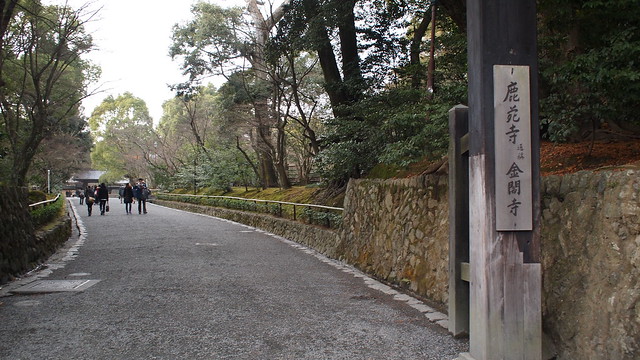
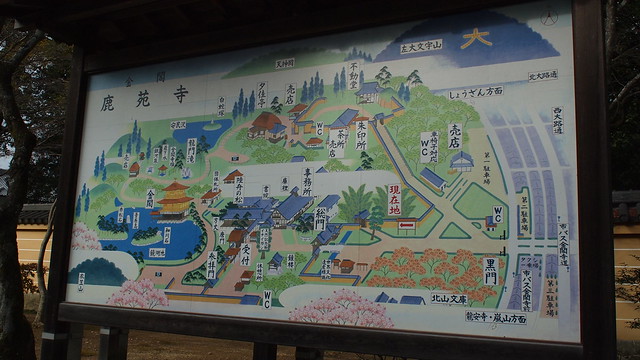
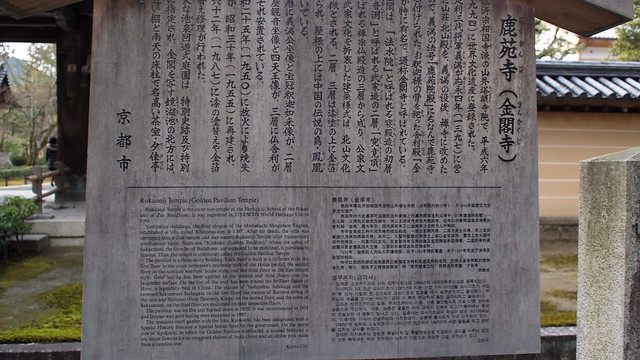
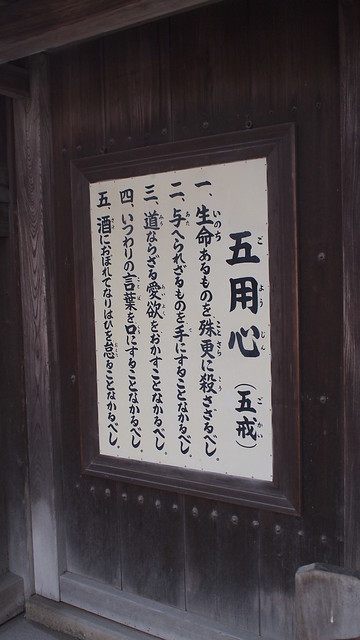
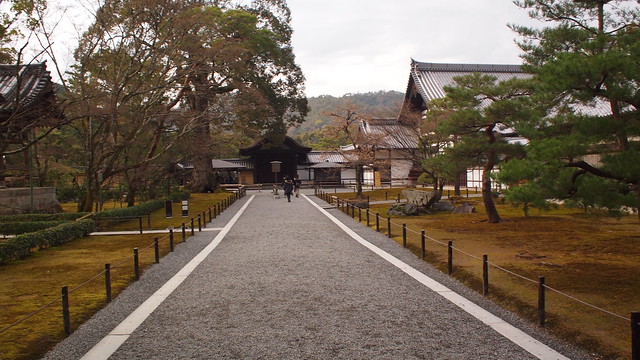
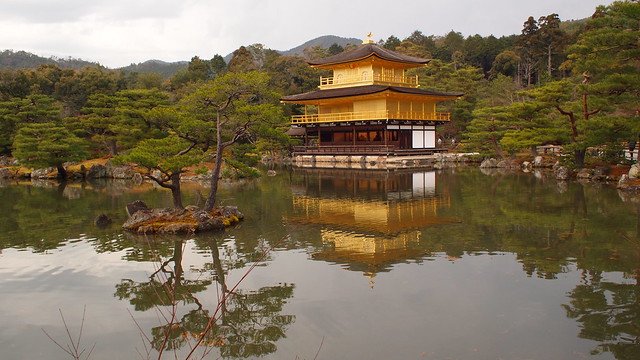
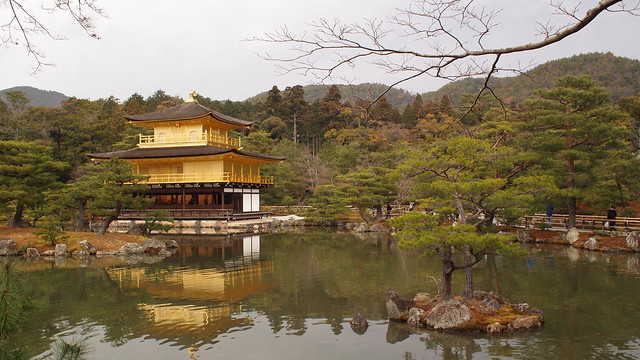



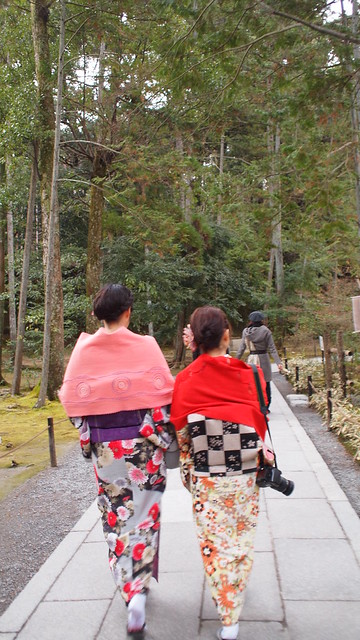

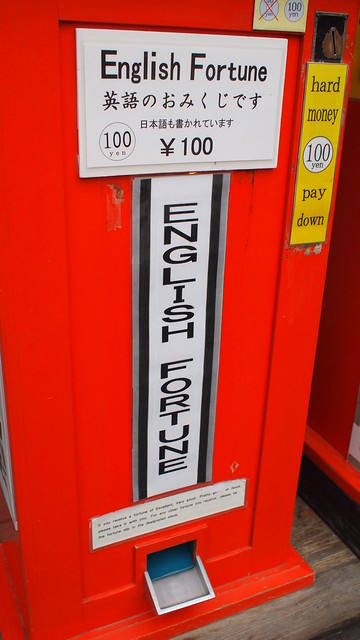
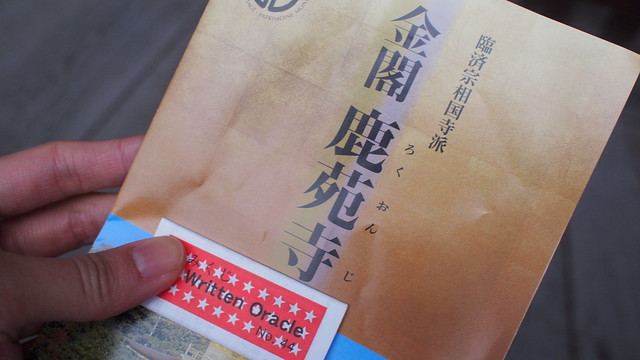


Looks like a great place to chill. :0)
ReplyDeleteYes it is! Ryoanji is another great place to chill and zen out while looking at the rock garden.
ReplyDelete